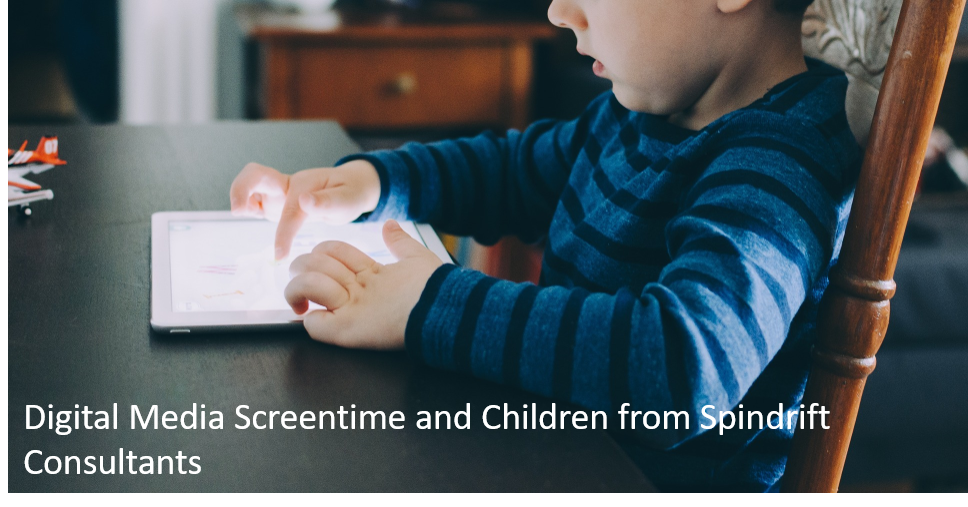Telemedicine/Telehealth – Why does it matter
Keith Hirst, MS, RRT-ACCS, RRT-NPS, AE-C
Unless you live in the dark ages, most people have heard or telemedicine/telehealth. According to the National Consortium of TeleHealth Research Centers (https://www.telehealthresourcecenter.org/), 35 states passed113 legislative bills passed in the 2019 legislative session, up significantly from 65 bills in 2018 that pertain to Telehealth. In addition, 54 telehealth regulations were finalized in 35 states in 2019. In Congress, there is bipartisan push for telehealth called the Connect Act (Creating Opportunities Now for Necessary and Effective Care Technologies (CONNECT) for Health Act of 2019 (S. 2741 and HR 4932). Clearly, telehealth is on the forefront of legislatures minds. Why should we as healthcare providers and general public care? Isn’t telehealth really ONLY for areas of the country that access to health care is remote?
Telehealth provides a significant advantage in both rural and urban settings across multiple healthcare settings. Many people think that telehealth is a patient receiving medical care via video but in reality, Telehealth is a collection of means or methods for enhancing health care, public health and health education delivery and support using telecommunications technologies. That can be something as simple as email. It is not limited to receiving care but diagnosis, disease management and education. In addition, telehealth is not limited to MD or RN, but more and more telehealth legislation, including the one in congress include multiple allied health providers. As technology becomes not only less expensive, more available telehealth providers and telehealth needs are going to increase.
Telehealth services are also available at a reduced cost to the emergency room and can provide a better care alternative for patients.




